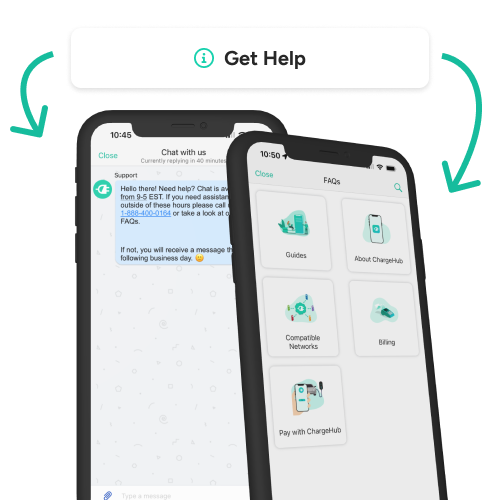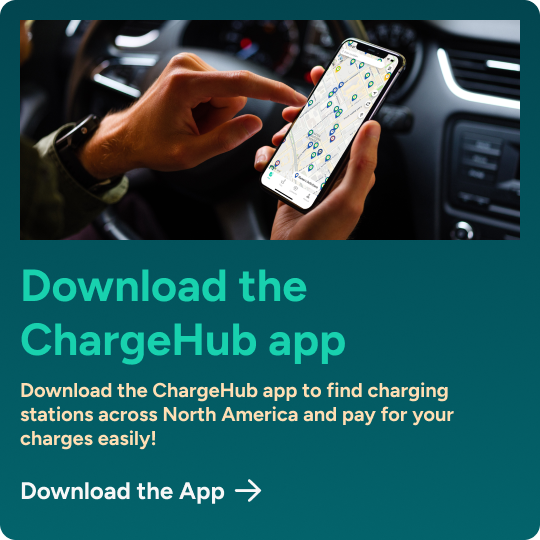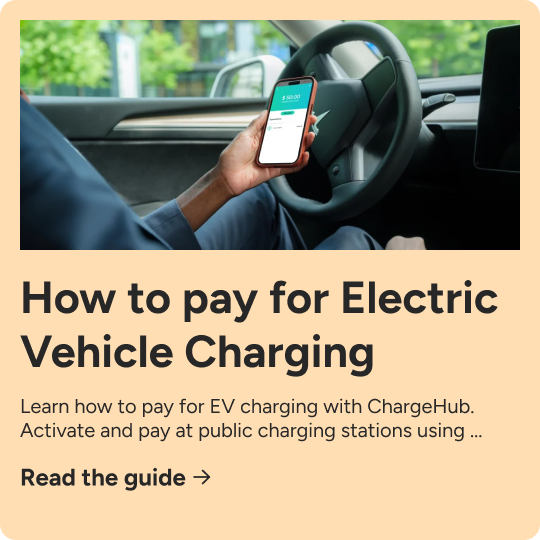Blog > Eight smart EV habits for better adoption
Define (or refine) your EV habits
EV enthusiasts, we hope these smart habits will help refine your own.
New EV owners, we hope these smart habits will help define your own.
Newcomers, we hope these smart habits remind you that with EVs, you can go everywhere.





















